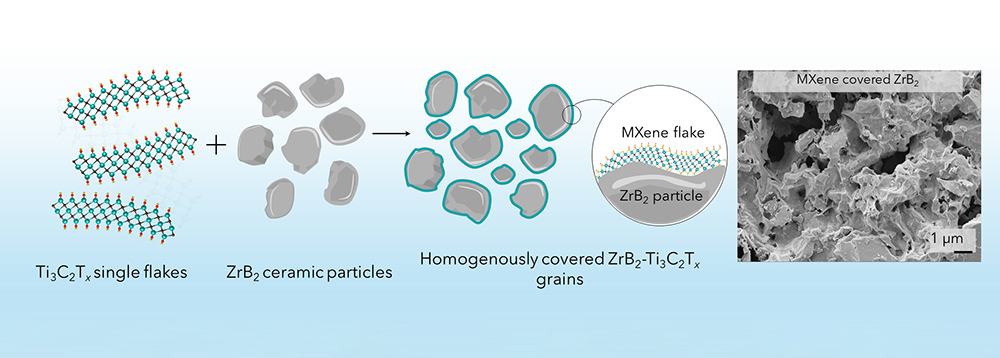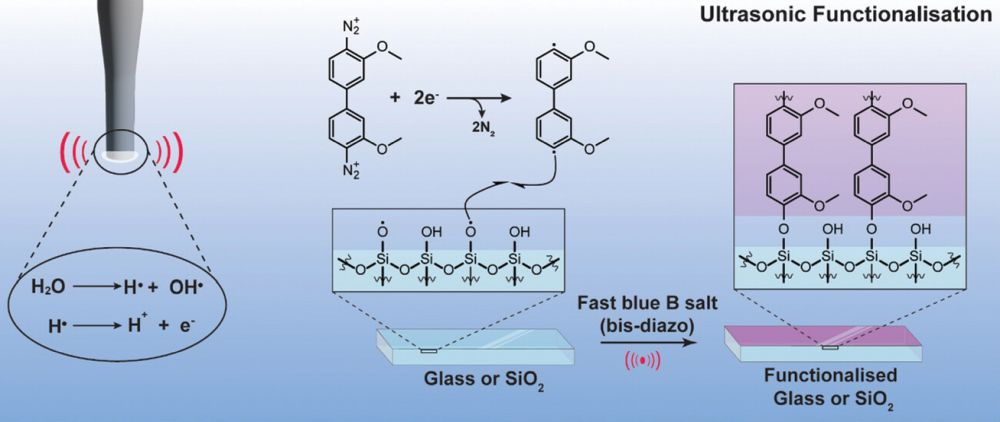
[Image above] By sending quantum and classical signals simultaneously through existing fiber-optic cables, the infrastructure required for advanced communication technologies can be greatly simplified. Credit: PickPik
This year marks a century since German theoretical physicist Werner Heisenberg published his innovative theory of quantum motion. While this strategy was “born more out of desperation than from any philosophical conviction,” as explained in a Nature article, Heisenberg’s proposal kicked off an avalanche of papers in the physics community that now form the foundation of modern quantum theory.
Scientists have used this knowledge to develop quantum technologies at breathtaking speed, and now governments and companies around the world are pouring funding into centers focused exclusively on advancing next-generation quantum systems. Considering this success, it is no wonder the United Nations designated 2025 as the International Year of Quantum Science and Technology (IYQ).
While the mission of IYQ is to raise public awareness of the impact that quantum science and technology has on modern life, it also serves to ignite interest and accelerate research on future quantum applications. Part of that future includes incorporating quantum devices into our existing infrastructure and systems to simplify the adoption process. A recent study by Northwestern University engineers demonstrates how such integration may be possible.
Their study involves the emerging field of quantum communications, which uses optical fibers to transmit quantum information over long distances. Whether quantum communications can be realized on a large scale, however, “will depend on the ability to propagate quantum signals in the same fiber as high-power classical signals,” the Northwestern University engineers write in their open-access paper.
Current experiments on quantum–classical coexistence have focused on systems that directly transmit quantum information between network nodes. In other words, information is transferred without relying on the quantum phenomenon of entanglement, which is when the quantum state of two particles remains correlated regardless of the distance between them.
However, “many next-generation quantum applications require the disembodied transfer [entanglement] of quantum states between users,” the authors write, “but teleportation over fibers carrying conventional communications has yet to be demonstrated.”
In their paper, they describe a three-node quantum state teleportation system that simultaneously carries high-power C-band classical communications at a rate of 400 Gbps. Both the quantum and classical signals traverse a shared distance of 30.2 km, and the classical signal traverses an additional 48 km beyond that.
In a Northwestern University press release, first author Jordan Thomas, a Ph.D. candidate in the group of lead author Prem Kumar, says this ability to send information without direct transmission “opens the door for even more advanced quantum applications being performed without dedicated fiber.”
The authors now plan to extend the experiments over longer distances, as well as use two pairs of entangled photons—rather than one pair—to demonstrate entanglement swapping. They will also explore the possibility of carrying out experiments over real-world inground optical cables rather than on spools in the lab.
The open-access paper, published in Optica, is “Quantum teleportation coexisting with classical communications in optical fiber” (DOI: 10.1364/OPTICA.540362).
Author
Lisa McDonald
CTT Categories
- Material Innovations


